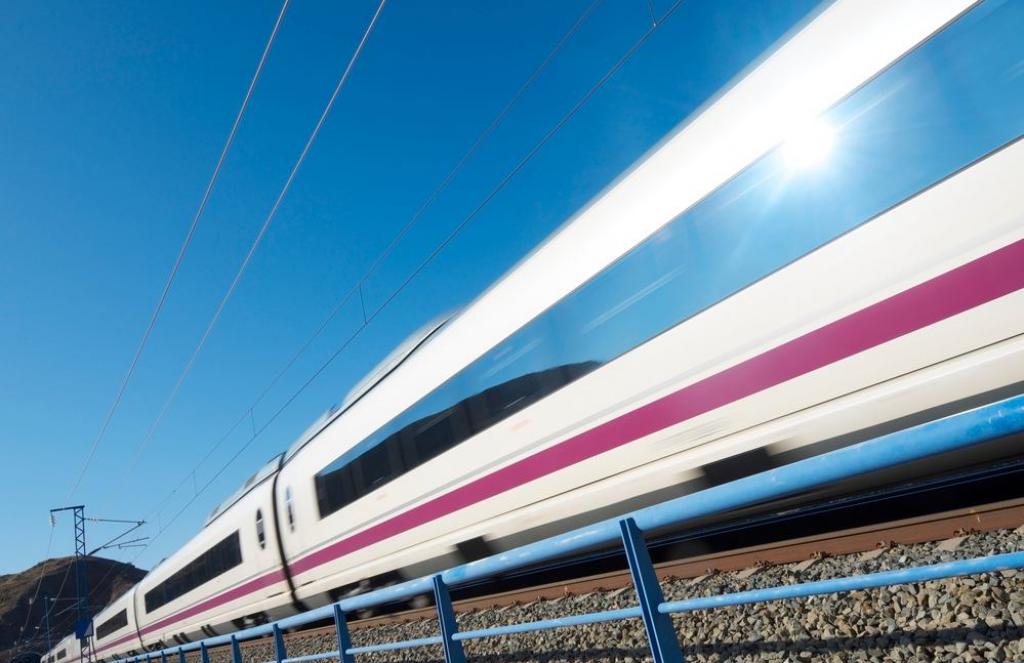Thessaloniki gets ready for its metro launch in November
The underground rapid transit lines have been under construction for almost two decades due to various project delays
 TheMayor.EU logo
TheMayor.EU logo 
The Madrid-Barcelona railway service has benefitted from ending the Renfe monopoly, Source: Depositphotos
It shows how sustainable mobility development can organically challenge domestic flights, without resorting to legislative coercing
On 20 February 2008, the first high-speed AVE train departed from Madrid to arrive in Barcelona less than three hours later forging a new possibility for travellers between Spain’s two major centres. It immediately challenged the primacy of the airlines operating this route, because even though the direct flight time is shorter, it ultimately presents more of a hassle and it is less convenient.
Taking the airplane would require one to head to one of the cities’ airports first, pass through the obligatory check-in procedures and boarding and then take other means of transport to reach the downtown area of the destination. Whereas, the high-speed train transports you from city centre to city centre quietly and efficiently.
Fifteen years later, the results are in, and it is clear – the public overwhelmingly prefers the train rather than the plane. So much so, that when looking at the trips presently done between Madrid and Barcelona, railway trips account for 75% of passengers.
The AVE surpassed flying in terms of popularity already back in 2012, meaning it only took 4 years for people to recognize the convenience of the railway option. In a way, it has also meant a Renaissance of train travel in Spain, with high-speed railway lines now radiating from the capital Madrid to all directions of the country.
The pandemic slowed things down a bit for all types of transport, but the increased mission to reach green goals in all sectors of life has meant that apart from convenience travellers have also become more conscious about their carbon impact.
And yet another boost has been provided by the liberalizing of the high-speed rail market and ending the Renfe monopoly (the operator of the AVE trains).
In late 2020, Spain accepted allowing private businesses to operate on the line, following EU guidelines – until then, only state-owned Renfe had been able to use the high-speed infrastructure.
In May 2021, France's Ouigo became the first private company to cover the service, with Renfe reacting with a low-cost branch, Avlo, and one month later – Iryo, from Italy, became the third operator in November 2022.
Prices plummeted as a result and, in 2021, 3.1 million people used either AVE, Ouigo or Avlo, surging by 164% compared to the prior year.
That kind of development has shown that it is possible to tackle the frequency of the polluting domestic flight simply by tech innovation and market liberalization, without needing to resort to legislative means, such as the recent case in France.

The underground rapid transit lines have been under construction for almost two decades due to various project delays

Now you can get your wine in Talence by paying directly in Bitcoin

That’s because the state has to spend money on updating the railway infrastructure rather than subsidizing the cost of the popular pass

Rethinking renewable energy sources for the urban landscape

The examples, compiled by Beyond Fossil Fuels, can inform and inspire communities and entrepreneurs that still feel trepidation at the prospect of energy transition

Now you can get your wine in Talence by paying directly in Bitcoin

The 10th European Conference on Sustainable Cities and Towns (ESCT) sets the stage for stronger cooperation between the EU, national and local level to fast track Europe's transition to climate neutrality.

At least, that’s the promise made by the mayor of Paris, Anne Hidalgo

The underground rapid transit lines have been under construction for almost two decades due to various project delays

At least, that’s the promise made by the mayor of Paris, Anne Hidalgo

Hostal de Pinós is located in the geographical centre of the autonomous region

Despite its church-y name, the district has long been known as the hangout spot for the artsy crowds

Urban dwellers across the EU are having a say in making their surroundings friendlier to people and the environment.

Forests in the EU can help green the European construction industry and bolster a continent-wide push for architectural improvements.

Apply by 10 November and do your part for the transformation of European public spaces

An interview with the Mayor of a Polish city that seeks to reinvent itself

An interview with the newly elected ICLEI President and Mayor of Malmö

A conversation with the Mayor of Lisbon about the spirit and dimensions of innovation present in the Portuguese capital














